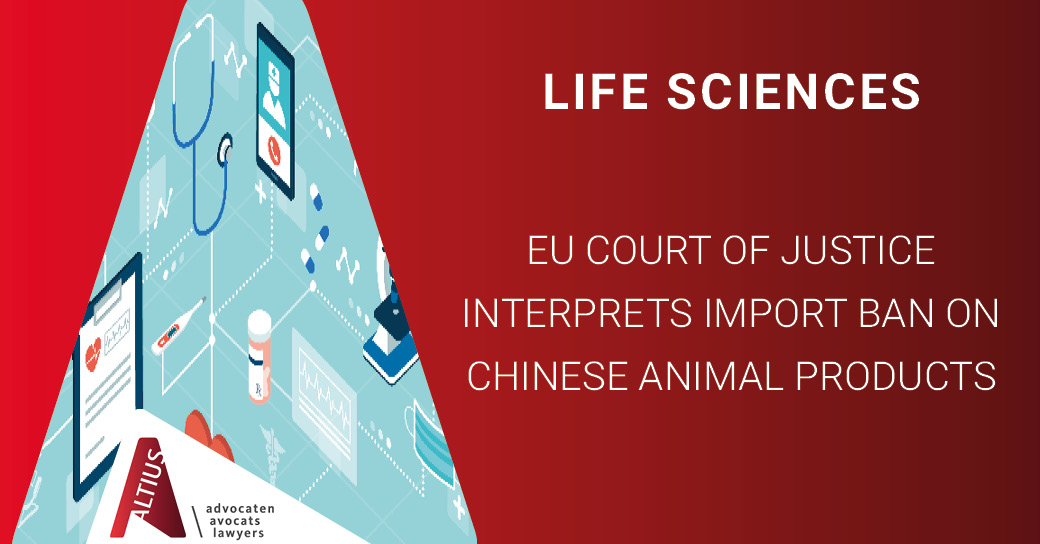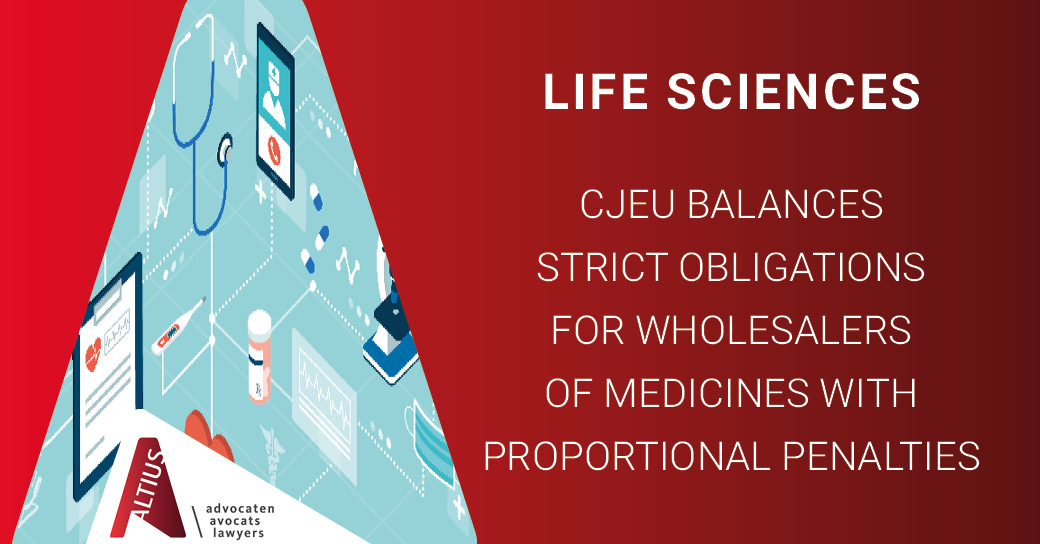Belgian Medicines Agency announces stricter monitoring of negative formulations on medicines packaging

On 17 May 2023, the Belgian Medicines Agency (FAMHP) announced that marketing authorisation holders (MAHs) have three years to comply with the prohibition of “negative formulations” on the packaging of medicinal products for human use. Such negative formulations include “gluten-free”, “lactose-free”, “ethanol-free” or “no colourings”. Apart from limited exceptions, MAHs will therefore need to remove such negative formulations from their current future packaging by 17 May 2026, and non-compliant formulations will be rejected.
Labelling of medicinal products
What may appear on the packaging of medicinal products (‘labelling’) is strictly regulated, both at the EU and national level. Title V of Directive 2001/83 (the Community Code) on labelling, has been transposed into Belgian law by the Medicines Act of 25 March 1964 and the Medicines Royal Decree of 14 December 2006.
Labelling includes information on the immediate and outer packaging of medicines. In essence, labelling must be designed in such a way that the critical information necessary for the correct and safe use of a medicine is clearly legible, easily accessible, and comprehensible. The information should be consistent with the marketing authorisation (MA), the summary of product characteristics (SmPC) and the patient information leaflet (PIL), and must, in principle, be provided in the three national languages (Article 6septies, §1 of the Medicines Act).
Articles 53 and 54 of the Medicines RD list the information that must be on the outer and immediate packaging. Examples are the name of the medicine, a statement of the active substances, the method of administration, and all or certain excipients (an inactive substance that serves as the vehicle or medium for a drug or other active substance) depending on the type of medicinal product.
No negative formulations allowed for excipients
Despite the fact that excipients need to be stated, freely chosen negative formulations on the absence of certain excipients are considered to be inappropriate. Substances not present in the medicine have arguably no direct effect on the patient’s health and can therefore be viewed as irrelevant to the use of the product. Nor do these negative formulations, in principle, refer to any particular target audience or application.
Furthermore, labelling should not have a promotional nature. The indication of substances that are not present could not only be seen as unnecessary, but also as promotional. While factually correct, negative formulations do not emphasize this factual information but suggest compatibility or harmlessness to distinguish a medicine from that of its competitors. The FAMHP indeed considers this to be promotional.
Some formulations are exceptionally allowed, such as “sugar-free” or “no preservatives”, as a necessary suffix in the name of a medicine to distinguish it from a second form of the product (same active substance, same pharmaceutical form, etc.) and where the distinction has not yet been indicated in a different way. “Sugar-free” may be accepted on the packaging of medicines specifically for diabetics in accordance with the indications in the SmPC. Additional information on substances not present may be important for certain target groups and will be assessed by the FAMHP on a case-by-case basis.
Packaging should be modified accordingly
Through its announcement, the FAMHP has requested all MAHs to adapt existing and future packaging for human medicines. The deadline is 17 May 2026, which is three years on from when the FAMHP’s communication was published on its website on 17 May 2023.
The FAMHP has further specified that an adaptation of the packaging text and designs (so-called ‘mock-ups’) to remove remaining negative formulations can be done through an editorial change, and can be included in the subject of a variation with impact on the packaging texts along with a planned IB or Type II variation under Chapter C of the Commission Classification Guidelines. Should such a variation not be scheduled within the three-year period, then this change must be submitted separately through a national notification in accordance with Article 34, §4 of the Medicines RD.
Conclusion
In conclusion, pharmaceutical companies should be aware that the FAMHP is now more closely monitoring the use of negative formulations concerning excipients on the packaging of medicines. Where companies will have placed medicines on the market that do not comply with the packaging and labelling requirements, they will be obliged to withdraw these products from the market at their own cost and keep them at the FAMHP’s disposal in accordance with Article 113, §1 of the Medicines RD.
If you would like any further information, please contact Kirian Claeyé or Bart Junior Bollen.
Recommended articles
Belgium gears up to enforce the EU Deforestation Regulation
The EU Deforestation Regulation (EUDR) was published on 9 June 2023 and came into force on 29 June 2023. Member States, including Belgium, must establish legal frameworks for enforcement.
Read onEU Court of Justice interprets import ban on Chinese animal products: fish oil for feed is not an exempted “fishery product”
On 21 March 2024, the EU Court of Justice (‘CJEU’) handed down its ruling in case C‑7/23, concerning a dispute between a feed company and the Federal Agency for the Safety of the Food Chain. The parties differed in their interpretation of an EU import ban on products of animal origin coming from China. The Council of State sought the CJEU’s guidance.
Read onCJEU balances strict obligations for wholesalers of medicines with proportional penalties
On 21 September 2023, the EU Court of Justice ('CJEU’) handed down its ruling in the Apotheke B. case (C-47/22), and it is a good example of the high threshold set by the EU Court of Justice to uphold the Community Code’s main aim of protecting public health.
Read on



